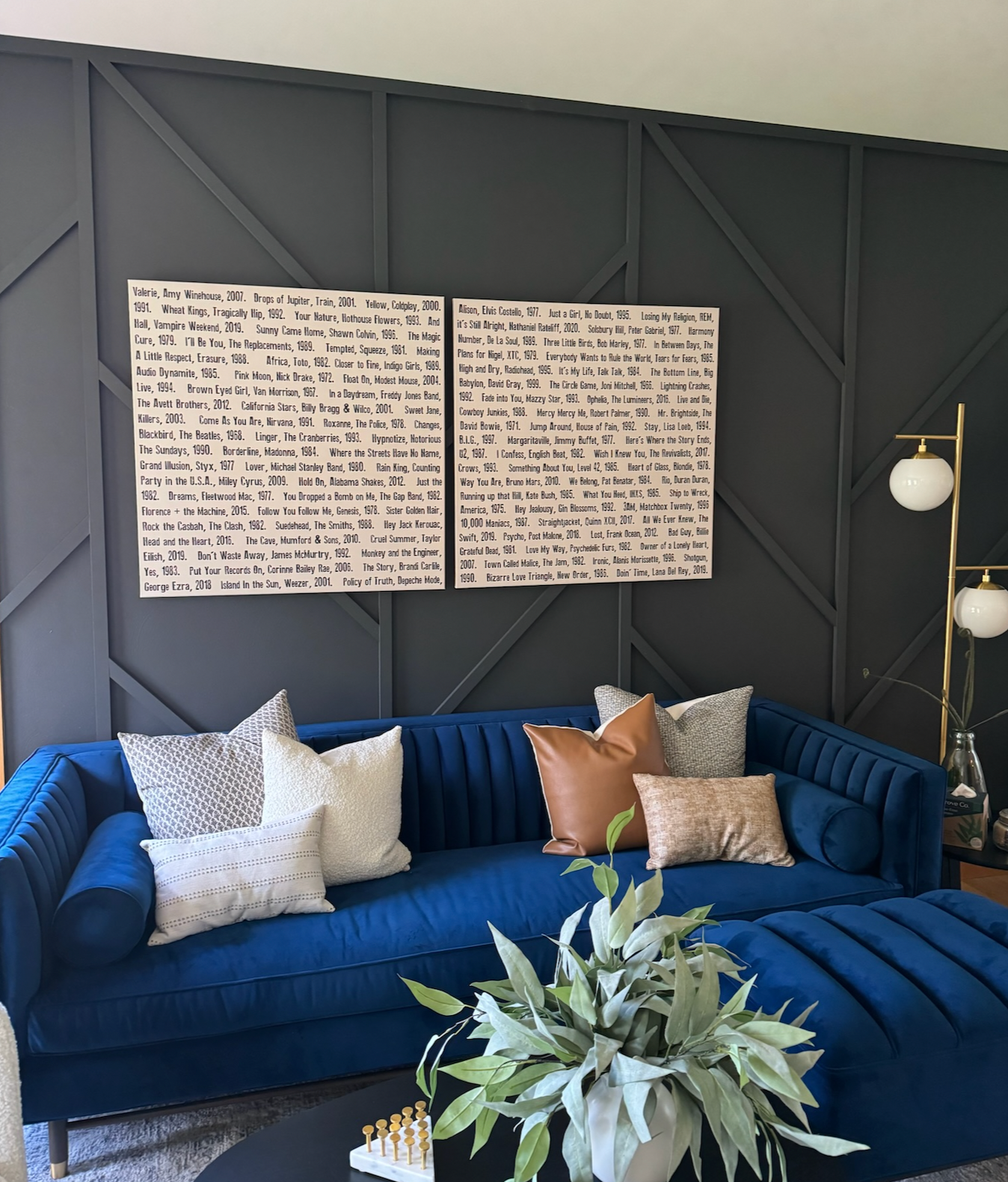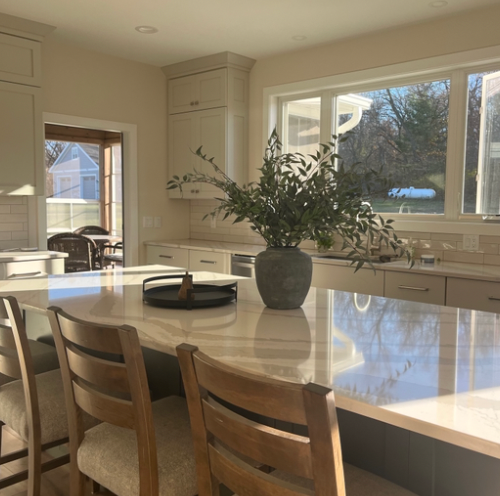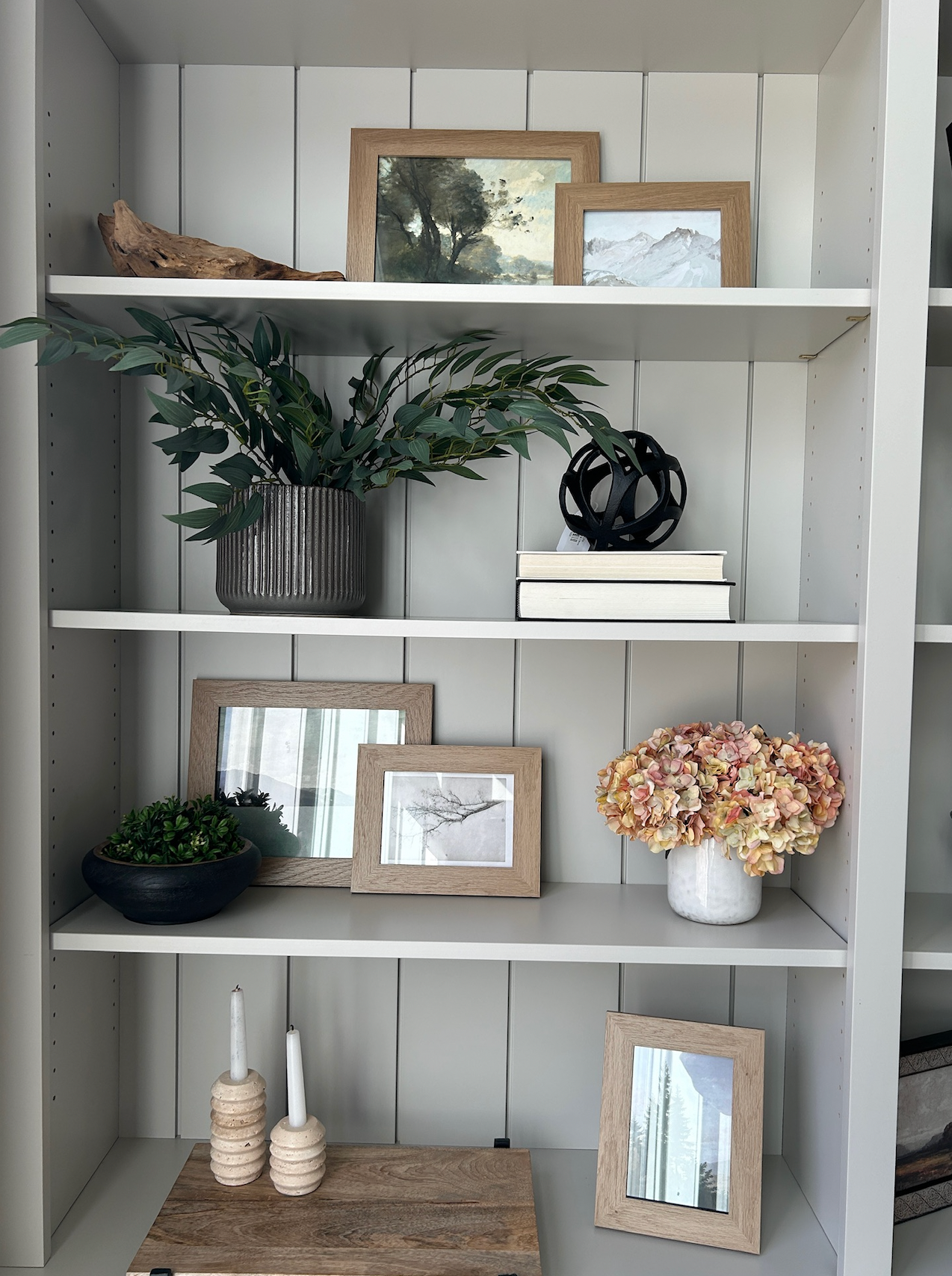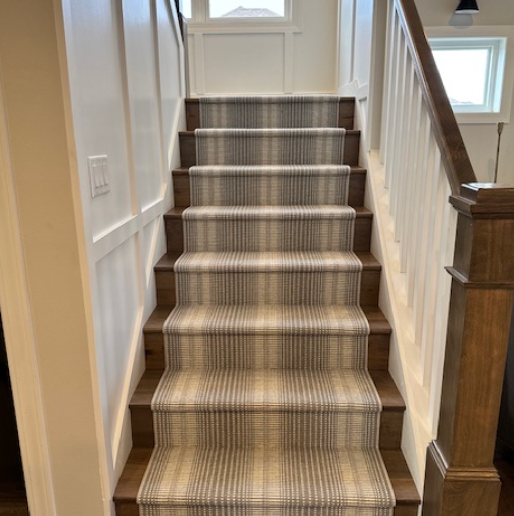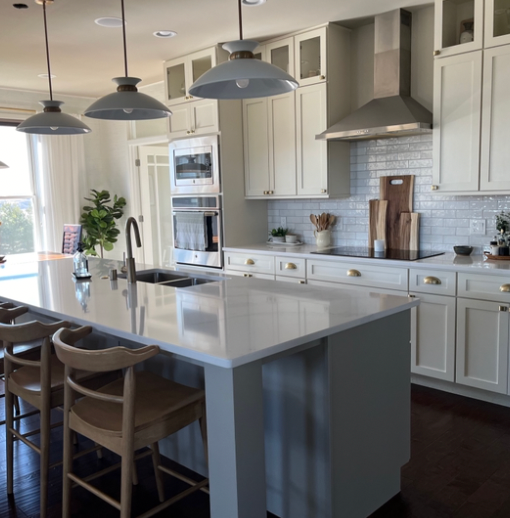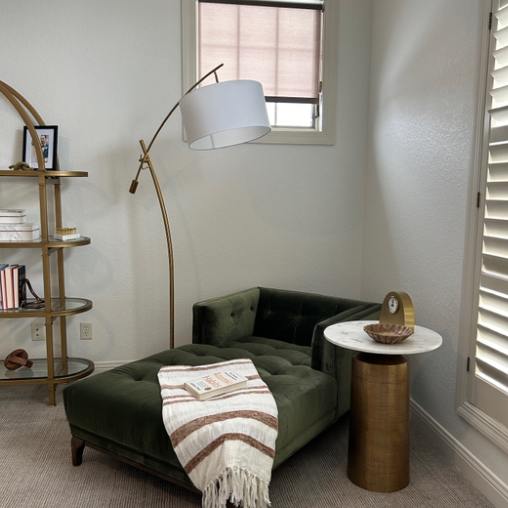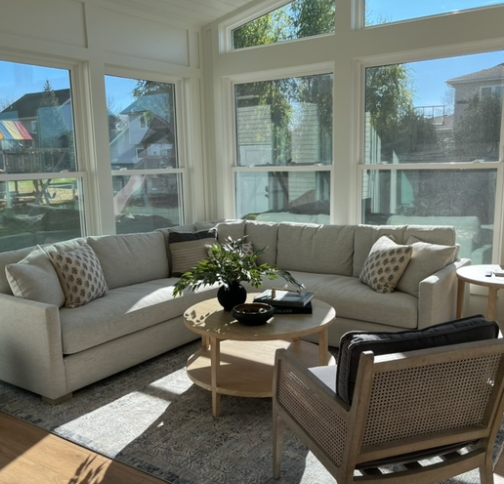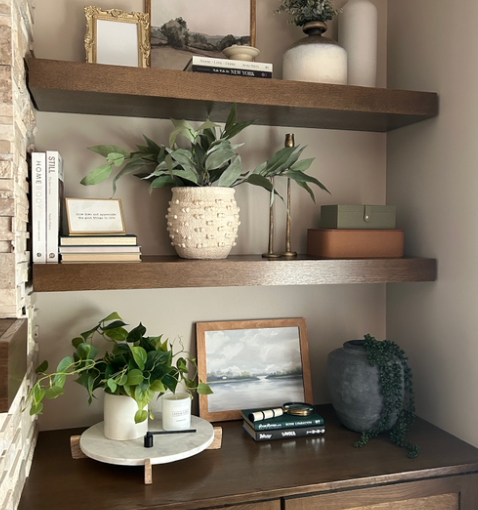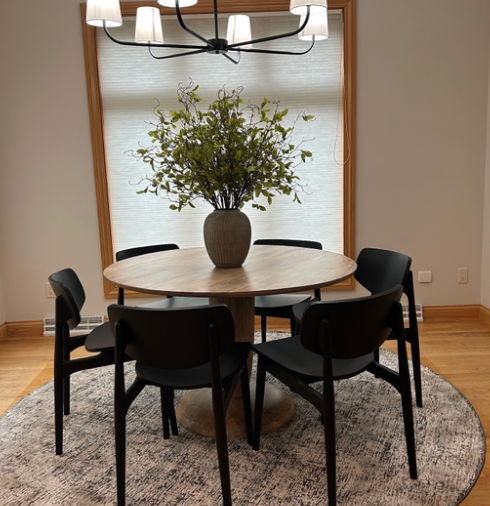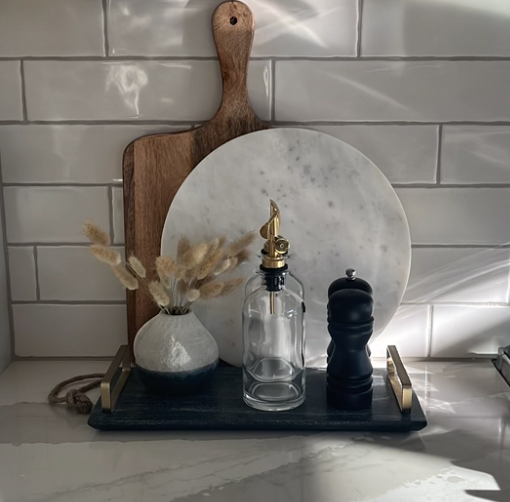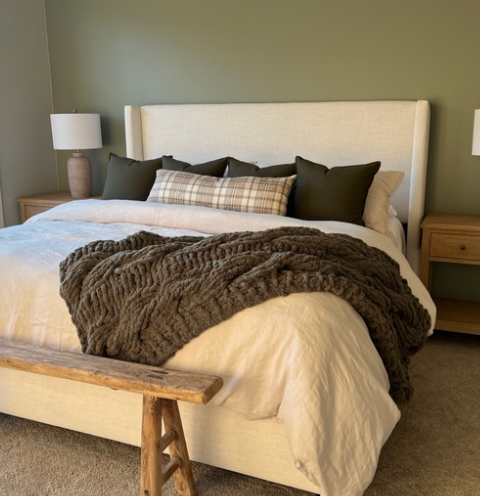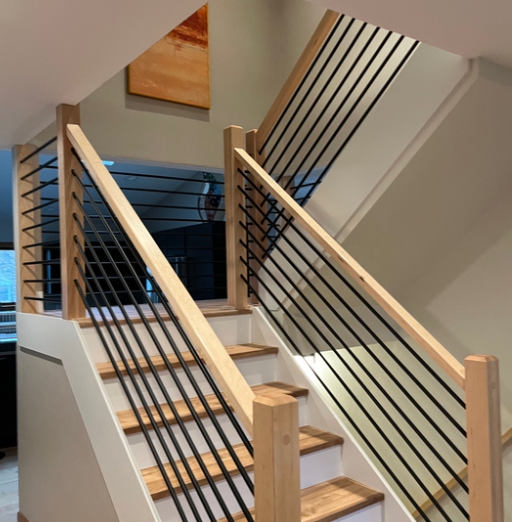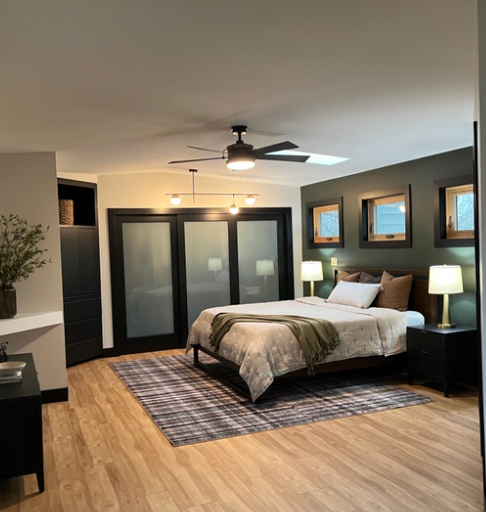Coffee is life! I can hardly think of anything better than that first sip of coffee every morning; it’s like a warm hug. Not only does it taste absolutely delicious, its energizing effects are lifesaving most days. And the smell. The. Smell! Is there a better smell? Okay, maybe a squishy baby, but coffee is a close second.

Recently, our friends at Rusty Dog came to Linen & Clove to do a little Coffee 101 presentation (with samples!) and it was enlightening. From the care Rusty Dog takes in ethically sourcing the beans to the love they give during the roasting and bagging processes, it is no wonder that their coffee wins award after award. We at Linen & Clove are proud to partner with Rusty Dog in selling our own private label coffees - Boho with a Touch of Mid-Century Modern which has notes of caramel, dark toffee and chicory, and Transitional with a Touch of Modern Farmhouse which has a smooth, smoky, chocolatey finish. Both are incredibly delicious and a palette party each morning.
 .
. 
Not only is coffee fun to drink, there is so much to glean about the origins of coffee, how coffee’s growing conditions change the flavor of the bean, and how grinding and brewing styles can drastically change the flavor of your cup.There are many different brewing styles that can be used to make coffee, each with its own unique benefits and drawbacks. Five of the most popular coffee brewing styles: French press, pour-over, drip, espresso, and cold brew, are covered below along with benefits and drawbacks and equipment needed to prepare your own cup.
French Press:
The French press is a classic coffee brewing method that involves steeping coffee grounds in hot water and then pressing the mixture through a metal mesh filter. You will want to use an electric coffee grinder or hand grinder and do a course, even grind for best results. You then put the grounds in a French press and pour hot water over the top, allowing the grounds to brew for approximately four minutes. One of the benefits of the French press is that it allows for full immersion brewing, which means that the coffee grounds are fully immersed in water, resulting in a rich and flavorful cup of coffee. French presses are also relatively affordable and easy to use, making them a popular choice for home coffee brewing.

However, the French press does have some drawbacks. One of the biggest is that it can be difficult to control the extraction of the coffee, which can lead to over-extraction and bitterness. Additionally, the metal mesh filter used in a French press can allow some sediment to pass through, resulting in a slightly gritty texture.
Pour-Over:
The pour-over method involves pouring hot water over coffee grounds in a filter, which then drips into a carafe or mug below. Pour-over coffee is known for its clean and bright taste, and the method allows for precise control over the brewing process. This makes pour-over a popular choice for coffee aficionados who enjoy experimenting with different coffee beans and brewing variables.

One drawback of the pour-over method is that it requires a bit more skill and patience than other brewing methods. It can be challenging to get the water temperature and pour rate just right, and the process can take a bit longer than other methods. Additionally, pour-over setups can be more expensive than other brewing methods, as they often require special equipment like a gooseneck kettle and a specific type of filter.
Drip:
Drip coffee is perhaps the most common method of brewing coffee in the United States. It involves pouring hot water over coffee grounds in a paper filter in a coffee maker, which then drips into a carafe or mug below. Drip coffee is known for its convenience and consistency, and it is a popular choice for office settings and busy households.

One benefit of the drip method is that it is quick and easy, requiring minimal effort and equipment. However, this convenience comes at a cost - drip coffee is often criticized for being bland and lacking in flavor compared to other brewing methods. Additionally, the use of paper filters can contribute to environmental waste.
Espresso:
Espresso is a concentrated form of coffee made by forcing hot water through finely ground coffee beans at high pressure. The result is a strong and flavorful shot of coffee that can be enjoyed on its own or used as a base for other drinks like lattes and cappuccinos. Espresso machines are often found in coffee shops and restaurants, but there are also home espresso machines available for purchase. If you are interested in making lattes, cappuccinos, or espressos, you will want to invest in a milk frother to add creamy froth and foam to your beverage of choice.

One benefit of espresso is that it is incredibly versatile, as it can be used as the base for a wide variety of coffee drinks. Additionally, the high pressure and temperature used in the brewing process extract a lot of flavor from the coffee beans, resulting in a rich and intense flavor. However, espresso machines can be quite expensive, and the brewing process can be challenging to master for beginners.
Cold Brew:
Cold brew coffee is made by steeping coffee grounds in cold water for an extended period of time, usually 12-24 hours. While you can make cold brew in a mason jar or similarly sized vessel, the easiest way is using a cold brew coffee maker. The result is a smooth and less acidic cup of coffee that is served cold or over ice. Cold brew is a popular choice for summer months and those who prefer a less bitter cup of coffee.

One benefit of cold brew is that it is less acidic than traditional brewing methods. It also has a smooth and mellow flavor profile that is less bitter and less astringent than hot brewed coffee. Cold brew also typically has a higher caffeine content than hot coffee, which may be a good thing or a bad thing. Unfortunately, cold brew coffee takes longer to brew than hot coffee, usually between 12-24 hours, which requires planning ahead if you want to have cold brew coffee available.
Regardless of which type of brewing style you prefer, you will want to invest in a coffee scale. A coffee scale can improve your coffee brewing experience by improving:
- Consistency: Measuring the weight of coffee and water ensures that you are using the same amount every time, which can lead to a more consistent cup of coffee.
- Accuracy: Using a scale allows you to be more precise with your coffee-to-water ratio, which can have a significant impact on the taste of your coffee.
- Reproducibility: If you find a coffee-to-water ratio that you enjoy, using a scale allows you to reproduce that ratio every time you brew.
- Experimentation: Using a scale allows you to experiment with different coffee-to-water ratios to find the one that best suits your taste preferences.
If you want to turn your coffee into dessert, you can add many types of syrups to keep your drinks interesting. From almond to vanilla, hazelnut to salted caramel, there are flavors to appease any palette. You can store your syrups in these adorable syrup dispensers and make them part of a coffee station vignette on your countertop.

Arguably most important of all, coffee should be served in a mug that represents you! From funny mugs - It’s Too Early for You to Say Things, You Would be Nicer if You Ate Carbs, I Can’t People Today, to sweet mugs - I Love Us, I Love You; mugs that represent your hobbies - Dog Mom, Pickleball Legend, I’d Hike That, to mugs that are simply beautiful - Glass Floral, Stoneware, Hobnail, you should enjoy the mug as much as the coffee inside. Whether you brewed that coffee via French press, pour-over, drip, espresso, or cold brew, it is sure to be a delicious start to your morning…or afternoon…or evening.

